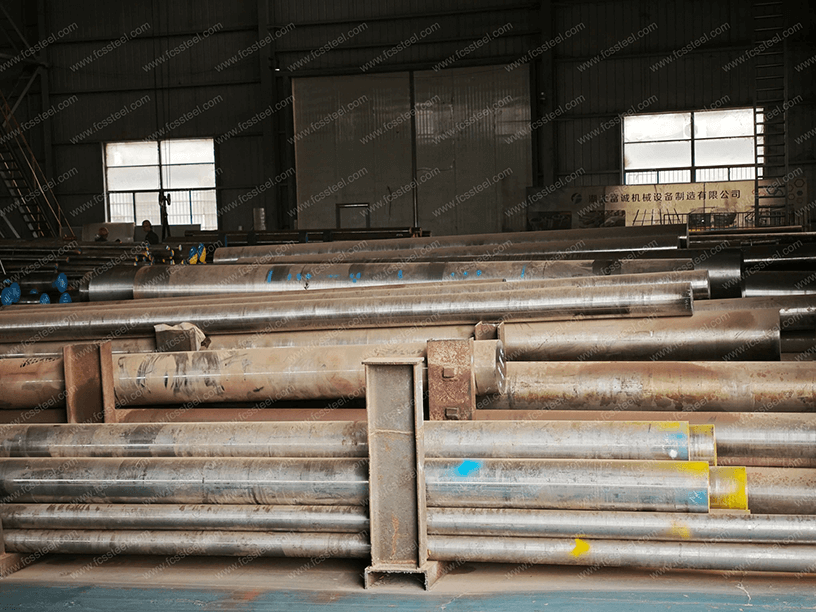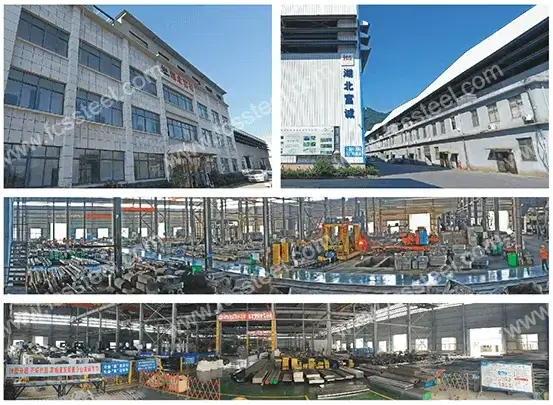Worried about tool steel costs next year? Based on my experience, many people are. It seems 2025 will be a challenging year. Prices for alloys like chromium and tungsten are rising because of new tariffs and global supply issues. I believe businesses using steels for molds and tools could face the most pressure. So, which grades are in the most trouble? And why are prices changing this way now? There is one important factor that people often overlook…


In 2025, several categories of tool steels are facing greater risks of price increases, mainly due to the soaring costs of alloys, the implementation of new tariff policies, and fluctuations in scrap steel prices. The most at risk are tool steels rich in alloying elements such as chromium, molybdenum, vanadium, and tungsten, all of which have experienced cost increases or market fluctuations in the previous quarters.
Data, Figures, and Examples:
- Drivers of Alloy Steel Prices: Scrap steel prices have risen sharply (as of June 2025, South Korean scrap steel prices increased by 17.63% to $193/ton); in February 2025, in response to tariffs imposed by the United States, scrap steel prices rose by 10% overall.
- Tariffs: In June 2025, the United States doubled tariffs on steel and aluminum to 50%. This is expected to increase tariff costs to $50 billion and have a significant impact on the prices of imported alloy steels, especially those used in tool steel manufacturing.
- Tool Steels Facing Major Risks:
- High-Speed Steels (M-series, T-series): Rely on high proportions of tungsten, molybdenum, and vanadium, all of which are facing price pressures globally.
- Hot Work Tool Steels (H-series): Contain high levels of chromium and molybdenum. Major U.S. suppliers source these alloys globally, thus being affected by both rising raw material costs and tariffs.
- Cold Work Tool Steels (D2, A2, O1): Use chromium as the main alloying element and sometimes add vanadium. Prices of these two elements showed uncertainty and fluctuations in late 2024 and the first and second quarters of 2025.
- Recent Price Changes in the Steel Market:
- In February and March 2025, domestic merchant bar mills in the United States announced price increases for alloy grades by $60/ton and $40/ton respectively.
- From the first quarter to the second quarter of 2025, overall steel prices rebounded by 3.15%, but with large fluctuations, and the year-on-year decline since 2023 has been as high as 16.5%. However, due to the dependence on alloy inputs, the cost of high-alloy tool steels has not shown the same downward trend and remains high.
- Industry Feedback: End consumers and steel buyers report that prices of stainless steel and alloys have risen sharply, directly affected by tariff news and alloy shortages, especially for grades used in molds, dies, and special applications.
- Regional and Import Risks:
- Europe: Producers relying on imported ferroalloys (especially chromium and tungsten from outside the EU) face the dual pressures of supply uncertainty and high prices.
- Asia: Supply-side issues and policy changes have led to increased price volatility of vanadium and tungsten, which are crucial for some tool steels.
Summary Table of Tool Steels Most Affected by Alloy Price Risks in 2025
- High-Speed Tool Steels (1.3355,1.3343)
- Hot Work Tool Steels (1.2344, H13, H21)
- Cold Work Tool Steels (1.2436, D6,Cr12W)
- Any specialty tool steels rich in the following elements: tungsten, molybdenum, chromium, vanadium, cobalt
Key Data:
- South Korean scrap steel prices have increased by 17.63% since May
- U.S. alloy-grade merchant bar prices have risen by $100/ton since February
- Tariff impact: A 50% tariff means an additional cost of $50 billion for the entire industry
- Scrap price surge: Approximately 10% increase in February 2025 due to tariff proposals
Conclusion: In 2025, due to global raw material cost pressures, newly introduced high tariffs, and rising scrap steel prices, tool steels with high alloy content, especially those dependent on chromium, molybdenum, vanadium, and tungsten, face the greatest risk of price increases.

In 2025, tool steel prices are expected to rise due to increasing alloy costs. Against this background, the FCS tool steel clearance sale is a wise choice. FCS Tool Steel is conducting a large-scale clearance, offering a large number of popular alloys such as SKD11 and 1.2379, with stocks as high as 5,000 tons as of August 2025. These grades are available in various forms such as round bars, flat bars, plates, and milled plates, many of which can be shipped immediately.
Both SKD11 and 1.2379 are chromium-based cold work tool steels, commonly used in molds, cutting tools, and forming tools. Their price fluctuations are directly related to alloy cost trends, especially chromium and vanadium, which are under global supply pressure.
Quantitative highlights of the clearance sale:
- SKD11: A wide range of round bars and plates with various specifications, and value-added services such as custom cutting are provided.
- 1.2379 (equivalent to D2): Promotional products include turned round bars, peeled round bars, and black plates, all available for immediate delivery.
- Clearance volume: This sale coincides with the factory expansion, and the inventory specifically for clearance has been disclosed as 5,000 tons.
- Wholesale capacity: FCS usually undertakes container sales, suitable for distributors and large industrial buyers.
This clearance is a limited-time opportunity to purchase large quantities of high-grade tool steel at current prices, hopefully before prices rise due to increasing alloy costs at the end of 2025. FCS has been operating stably since 2007, with an annual production capacity of 25,000 tons, and strictly implements the ISO9001:2000 quality control standards, further ensuring quality and supply reliability.
For manufacturers, mold makers, and tool workshops, compared with expected future prices, this clearance sale can bring significant cost savings and supply guarantees. The wide range of specifications and immediate shipping services are more attractive to buyers concerned about rising costs and supply fluctuations.
summary

Based on our discussion, I believe smart planning is the best way to handle these upcoming challenges. The data shows which steel types will impact us the most. This information gives us the power to act.
In my view, you have a couple of options. You could use clearance sales like FCS or explore different steel grades. My experience shows that businesses preparing now will succeed later. I suggest you don’t let rising costs catch you by surprise. You should start planning your 2025 tool steel strategy today.




